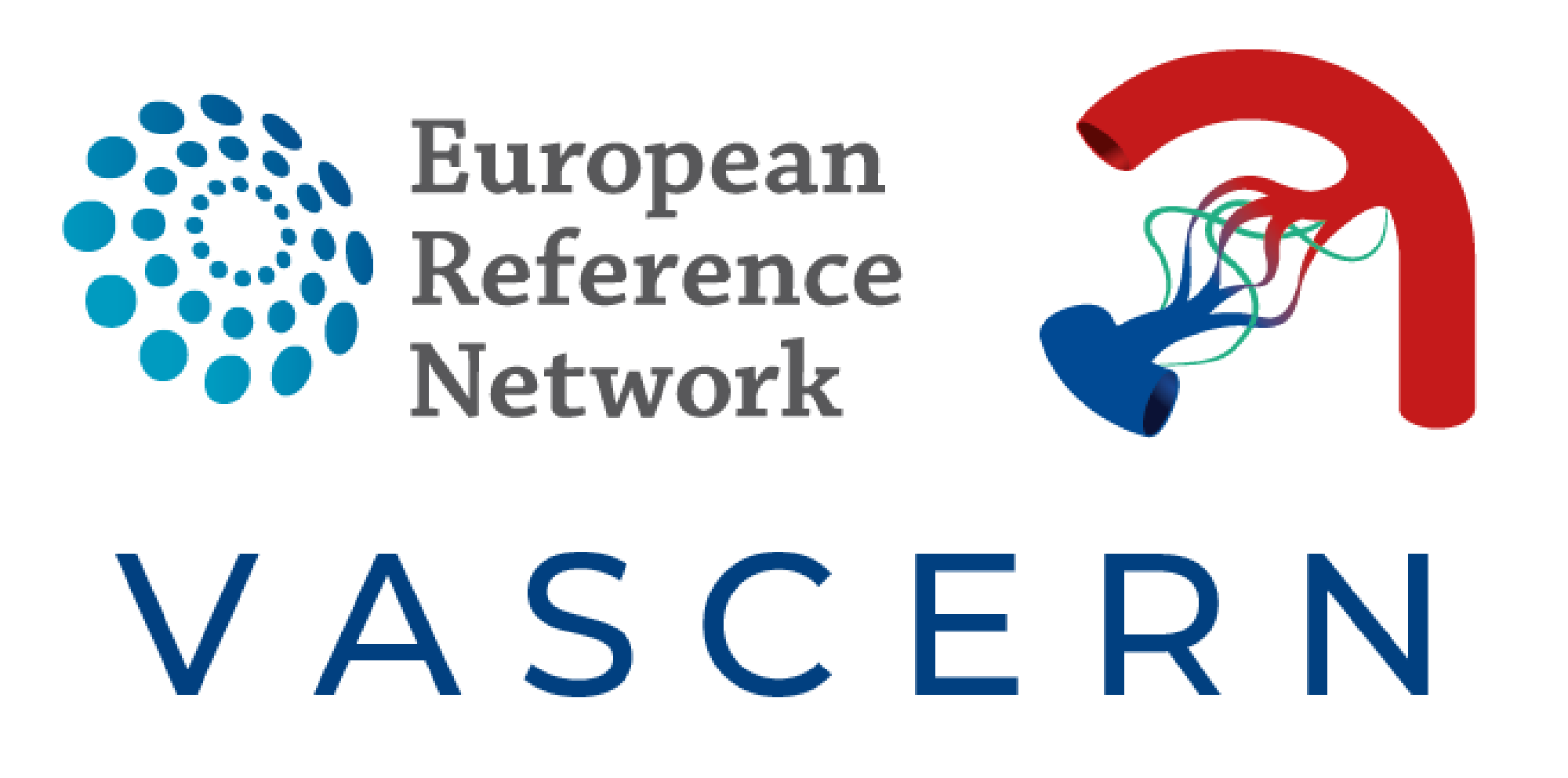Vascular Anomalies (VASCA-WG)
The VASCA Working Group, built upon Multidisciplinary Centres of Excellence for Vascular Anomalies

The Vascular Anomalies Working Group (VASCA-WG) is one of the six Rare Disease Working Groups (RDWGs) of VASCERN that specialize in a particular type/group of rare vascular disease(s).
The VASCA-WG is chaired by Professors Miikka VIKKULA and Laurence BOON, from the Centre for Vascular Anomalies at Cliniques Universitaires Saint-Luc in Brussels, Belgium, and Co-Chaired by Professor Leo SCHULTZE KOOL from the Expert Center for Hemangioma and Vascular Anomalies (HECOVAN) at Radboudumc in Nijmegen, Netherlands.
The VASCA-WG cooperates with the European Patient Advocacy Group (ePAG), whose representatives participating in the VASCA-WG is ePAG Deputy Co-Chair Maria BAREA (VASCAPA).
The VASCA-WG members are also active in the International Society of the Study of Vascular Anomalies (ISSVA), which is based in the USA. VASCA-WG members are on the ISSVA scientific committee and the ISSVA Board. Thanks to this, they are part of a major international network with clinicians within the EU and the rest of the world and have been implicated in the identification of most of the genes involved in vascular anomalies and are active in research testing new targeted therapies.
